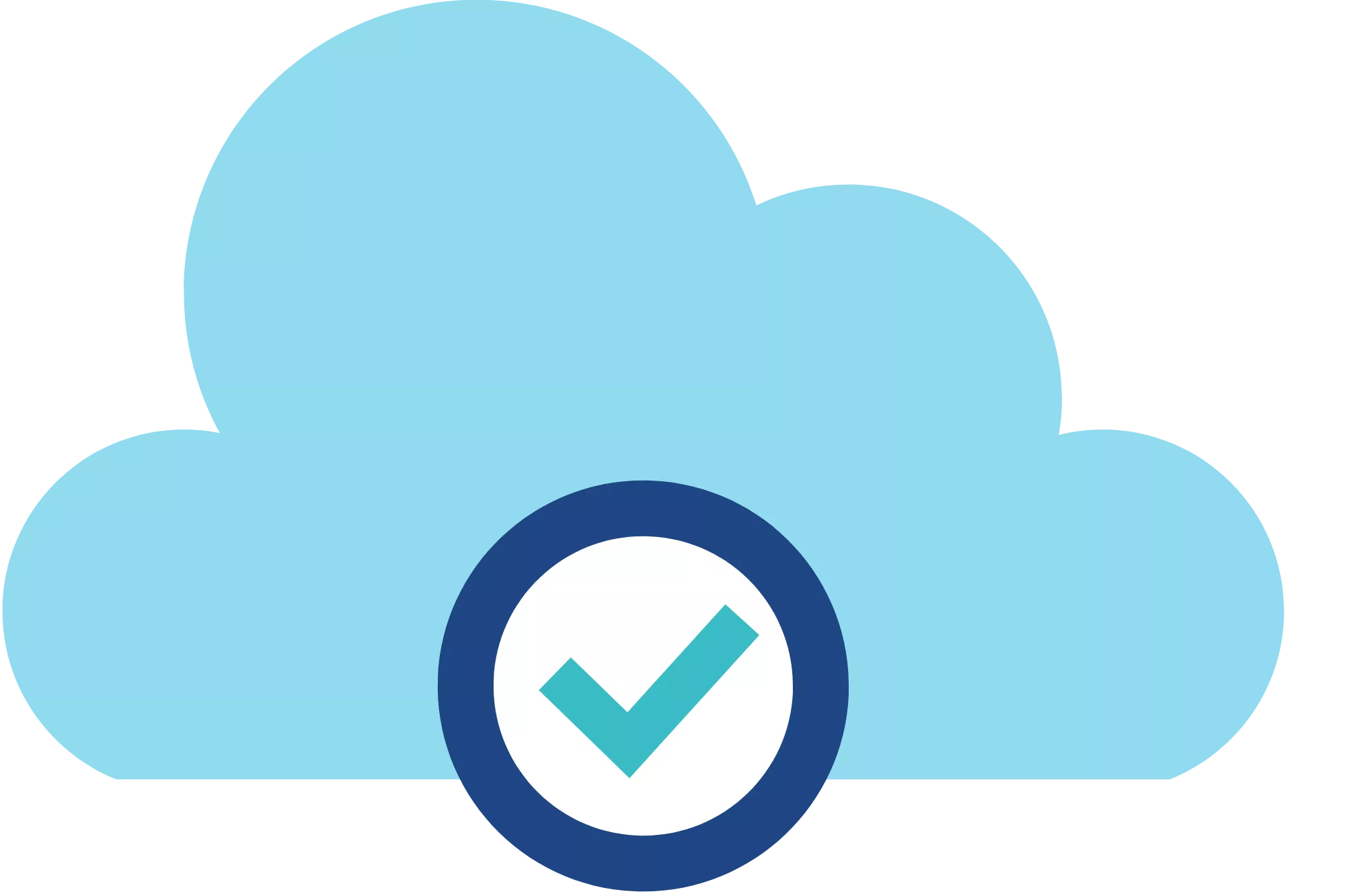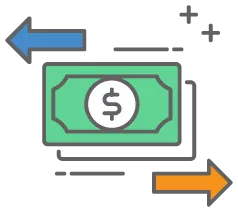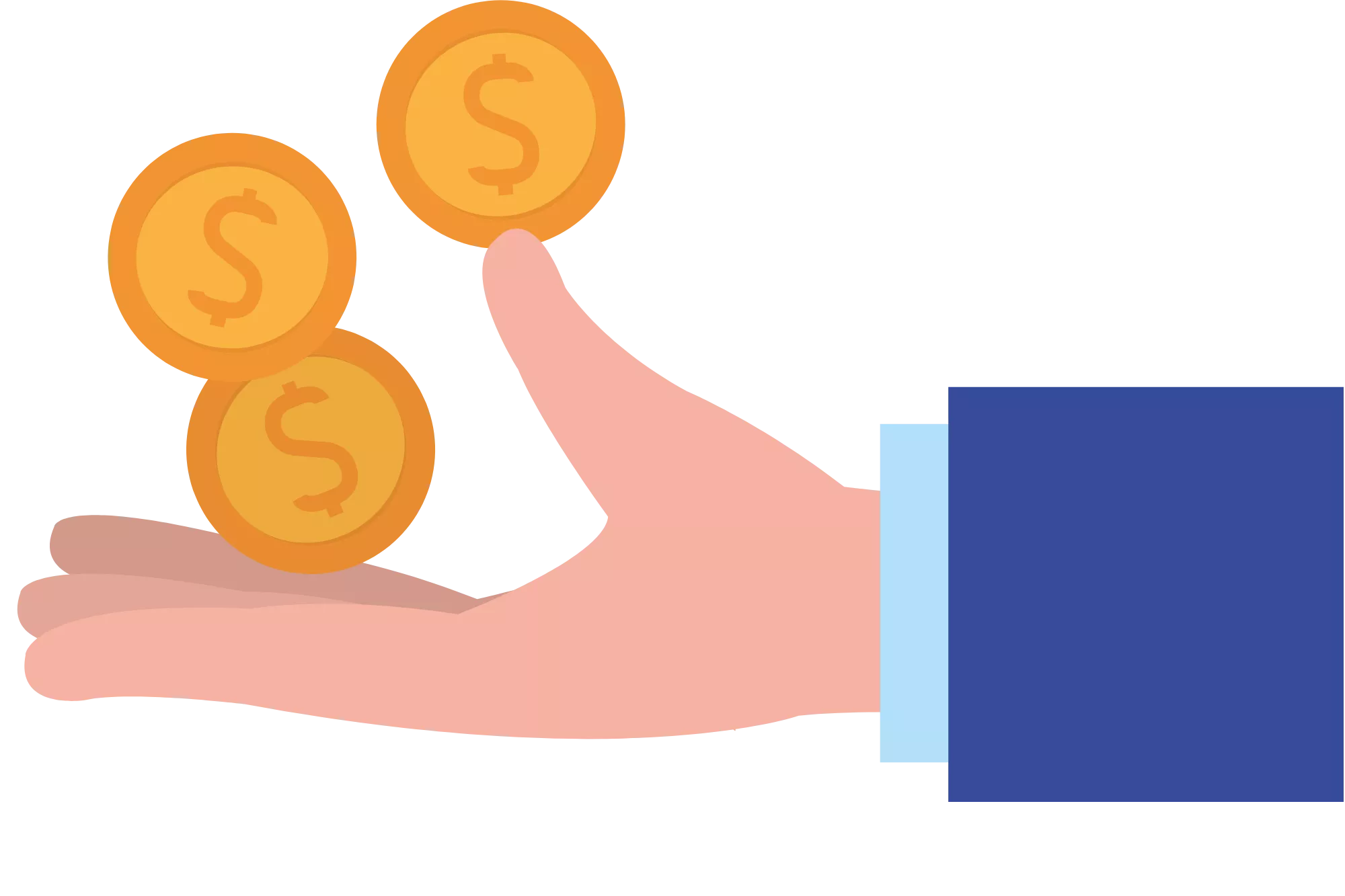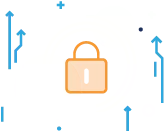
If you’re interested in selling on eBay, it’s wise to understand exactly how you’re protected by them and to know how the eBay chargeback process works. Chargebacks can be the single most frustrating part of running your own business, so it’s important to know what causes them, so you can win future disputes. By the end of this article, you should have a better understanding of how to handle eBay payment disputes within your business.
What Is an eBay Payment Dispute?
Before you can evaluate eBay’s seller protection against chargebacks, you first need to make sense of what a chargeback is. A chargeback (also known as a payment dispute) is a request made by a credit card holder to their credit card issuer to ask for a refund of the money that they paid for a particular transaction. This can happen for several reasons, some include:
- The cardholder feels they were misled about the purchase.
- The item they received was damaged or not as described.
- They were charged an incorrect amount.
- The customer does not recognize the transaction (for example, the name on their bank statement doesn’t match your business’s name).
- The buyer was charged more than once for the same purchase.
- Or if the item did not arrive at all.
To file a chargeback, the cardholder must contact their credit card issuer and provide supporting documentation. If the issuer decides that the chargeback is valid, they will then reverse the transaction and issue a refund to the cardholder. While chargebacks can benefit consumers, they can cost merchants their ability to process credit cards for their business. They typically involve fees and can result in placing merchants on a blacklist by credit card companies. Thus, both consumers and businesses need to understand the ins and outs of chargebacks before entering into any transactions.
At eBay, when a customer files a payment dispute, you (the merchant) owe a $20 dispute fee. However, if you have eBay’s payment dispute protections, eBay forgoes the fee unless you lose the chargeback or you choose not to respond.
How Does eBay Protect Sellers?
There are certain conditions under which the seller is not responsible for covering payment disputes. Instead, eBay will cover the liability. To be eligible for this, the dispute initiated by the customer must be for one of the following reasons:
- Delivery failure: The item was not received.
- Fraud: The buyer did not authorize or does not recognize the transaction.
- Not as described: The item they received does not match the listing.

eBay seller protection
If a buyer initiates a dispute under one of the above eligible reasons, eBay will decide the next course of action to take. The transaction may be automatically covered by eBay seller protection,[1]eBay. “Payment dispute seller protections | eBay”. Accessed on November 8, 2022. or they will request additional supporting information like proof of shipment or proof of prior refund.

eBay money-back guarantee
Official payment disputes are not the only way that buyers can request transaction reversals. If they aren’t satisfied with their purchase, they also have protection through the eBay money-back guarantee program. The difference with this program is that it’s designed to handle disputes directly with the merchant rather than involving the banks. It essentially protects buyers from shady sellers—something the platform has struggled to manage in the past.
Additionally, your eligibility for seller protection is not limited to official eBay chargebacks. The exact terms described above apply to sellers who receive a dispute through the eBay money-back guarantee directly. The eBay seller protection program protects sellers regardless of the source of the dispute.
Understanding the eBay Dispute Process
The eBay dispute process takes anywhere from a few days to a few weeks to completely play out. Let’s go through what you can expect as a seller if a dispute is filed against you, step by step.
eBay sends merchants a notification
When a dispute is filed, eBay will immediately send you a notification. You can review the details of the chargeback within your Seller Hub, and once you’ve reviewed it, you can decide what to do.
Merchants accept or challenge the eBay payment dispute
After viewing the dispute details, a seller can either accept the dispute and give the buyer a refund or challenge it. You must decide within five days of receiving the notification from eBay.
Some legitimate reasons you may want to accept the dispute include:
- Overcharging the customer
- Fulfilling the order incorrectly or incompletely
- Product arriving defective or damaged
If you feel the chargeback is a case of “friendly fraud” or you feel the chargeback is illegitimate, challenge the dispute. Not challenging illegitimate chargebacks will put your business at risk for fraudsters.
What happens if you accept the dispute?
When you accept an eBay chargeback, you agree to refund the buyer for the full amount. In most cases, if you accept the dispute and issue a refund, you will not be charged a penalty fee.[2]eBay. “Selling fees for eBay Sellers”. Accessed on November 8, 2022. Most of the time eBay will try to have the item returned to you however, there is never a guarantee that it will be sent back.
What happens if you decline the dispute?
You might consider disputing the refund if you believe that the eBay chargeback has been wrongfully submitted. To do this, you will need to submit documentation that supports your claim that the customer’s dispute is inaccurate.
When you decline this dispute, you will be charged an eBay dispute fee of $20,[3]eBay Community. “Solved: Payment Disputes and the New $20 Fee – The eBay Community”. Accessed on November 8, 2022. but eBay waives if you’re eligible for eBay seller protection. Otherwise, the $20 fee will stand, which can be a significant cost for sellers that sell low-ticket items. For example, selling a $15 item that gets disputed may end up costing you $35+ (more than double the cost of what you sold the item for), so it’s important to recognize the implications of declining a dispute, even when you are confident you will win.
Who determines if a merchant has to pay a chargeback?
Once you’ve submitted your dispute response, the buyer’s bank or credit card company will review both sides and determine the outcome within a few weeks. Though, it’s important to note that in the event of an eBay dispute, eBay will determine the outcome. Either way, they should notify you of the result through email.
If the dispute lands in favor of the buyer, you’ll be forced to refund the entire purchase, and in most cases, pay the $20 dispute fee. This amount will be taken out of any available or on-hold funds. On the other hand, if the dispute lands in your favor, you won’t be charged a fee or need to take any further action.
eBay Dispute Fees

The eBay dispute fee is a charge to a merchant for processing eBay disputes and costs $20. As previously stated, this fee will not apply to you if you choose to accept the dispute and issue a full refund to the buyer. Additionally, if you are eligible for the eBay seller protection program, you will not see a fee.
For reference, the dispute fee is the cost of processing the dispute, (having someone review the case details and solicit information from both sides) so it usually applies regardless of the outcome. The eBay chargeback fee is different where a merchant is charged a penalty fee for losing a chargeback dispute.
How Do Bank Chargebacks Work on eBay?
Banks handle eBay chargebacks the same way they handle other chargeback disputes, as the main purpose is to limit and protect buyers from fraud.
When a customer involves their issuing bank, the issuing bank will give a credit to the customer until an investigation is completed. The issuing bank then opens a claim and reaches out to eBay’s acquiring bank. That’s when eBay will turn to merchants about the dispute and ask for any supportive documents to present to the issuing bank.
How Do PayPal Chargebacks Work on eBay?
PayPal chargebacks at eBay work the same way standard chargebacks do, for the most part. However, PayPal has laid out clear steps to follow in order to dispute a payment. If you hope to win a PayPal chargeback for goods sold on eBay, you’ll need to provide the below following:
- The original item description, including any photos attached to the listing.
- A payment receipt with shipping and billing information.
- Proof that you shipped the item correctly; including the time stamp, tracking information, address of where the item landed, and the date you shipped it.
- Confirmation from the delivery company that the item arrived at its intended destination.
- A signature confirmation for any item with a value of over $750.
How to Fight an eBay Dispute
To fight a chargeback dispute with eBay, you’ll need to provide sufficient evidence. The suggestions below will increase your chances of winning a chargeback dispute on eBay.
- Put together any details about the transaction in question.
- Keep track of deadlines and when you should respond to eBay.
- Put together relevant evidence like invoices, tracking details, refund policy, customer messages, etc.
- Write a chargeback rebuttal explaining your side.
How to Avoid eBay Chargebacks Before They Happen
Avoiding all chargebacks is impossible, but there are a few things that you can do to reduce the number of chargebacks you receive. Take a look at the following list to help protect your business from chargebacks:
- Respond to messages promptly. Most chargebacks take place because a buyer doesn’t hear from the seller and changes their mind after the purchase was made.
- Come up with a clear return policy. Buyers feel more comfortable buying a product knowing that they can return an item—this may save your business money in the long run.
- Don’t be afraid to block buyers. If a buyer has a low feedback score and looks like a scammer, you can block them on eBay.
- Require a signature. Having signature confirmation on all deliveries will provide hard proof that the resident or customer received their package.
- Take photos. Photos of items before they ship will prove that the product arrived exactly as it is described on your business website.
- Record all communication. Save any messages between your business and the customer to prove they were aware of the transaction or if there was a resolution.
- Get an eCommerce merchant account. There are additional chargeback prevention tools at your disposal if you operate your business through a website and have a credit card processing account attached to it (as opposed to eBay or PayPal). Some examples of these tools include authorization holds, advanced fraud settings, and more.
Final Thoughts on eBay Chargebacks and Payment Disputes
If you’re selling on eBay, it’s important to understand the chargeback process as a whole, so that you can hopefully prevent them from happening. Not only are chargebacks costly and time-consuming, but they can damage your seller rating and even ban you from selling your products on eBay altogether.
In reference to the concerns listed above, there are many steps that you can take to lower your chances of incurring chargebacks. Nonetheless, if you are faced with chargebacks, make sure that you respond quickly and politely, and provide all requested information. By following these guidelines, you can help increase chargeback protection and keep your eBay business running smoothly.
Charge forward
…with chargeback protection!
Merchant Account today
Approval
Rating






